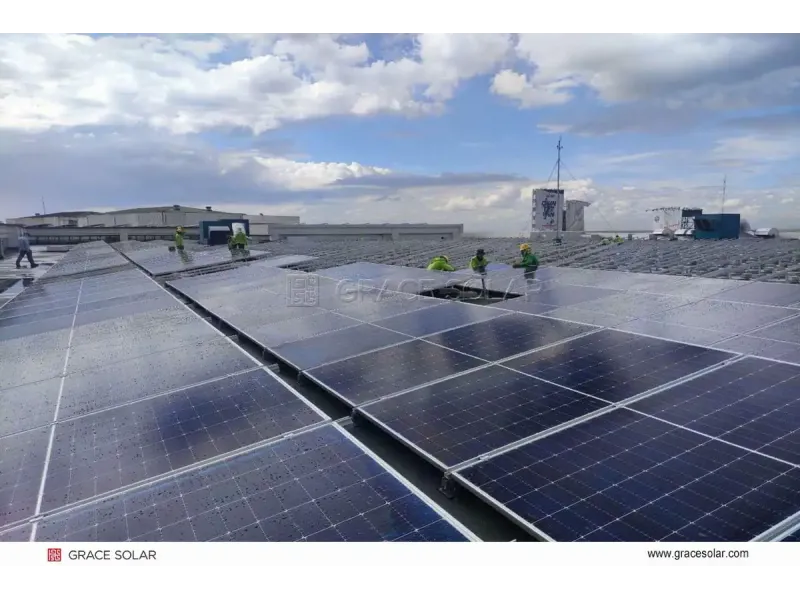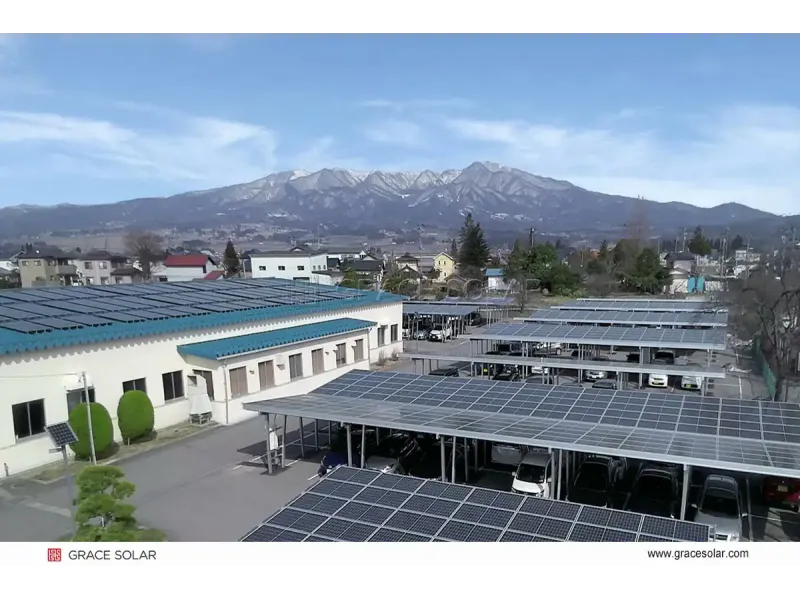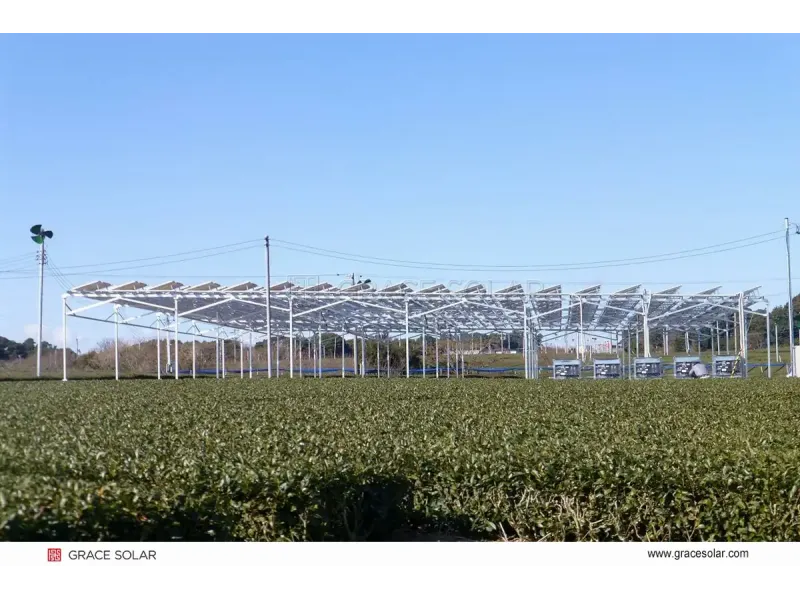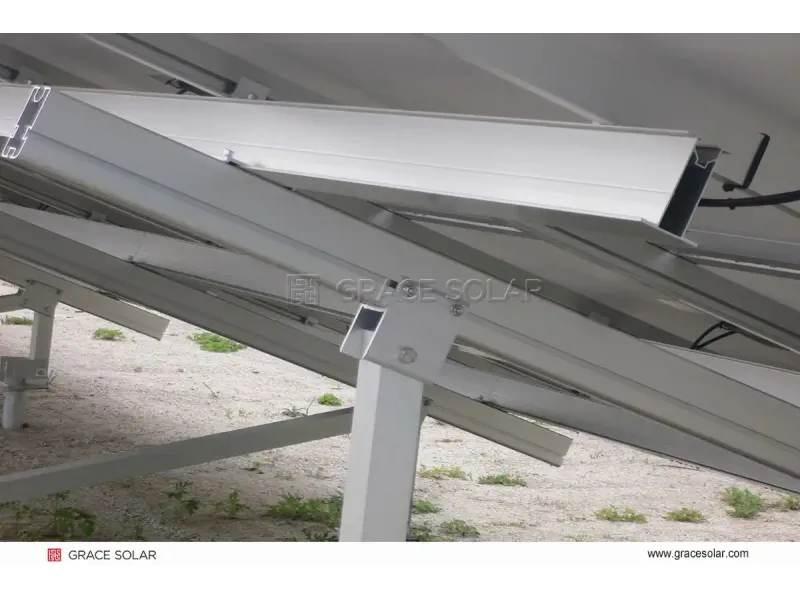The Complete DIY Solar Tracker Guide: Maximize Your Solar Energy Harvest
Solar trackers can increase your solar panel efficiency by 25-35% compared to fixed mounting systems. While commercial solutions from industry leaders like Grace Solar offer professional-grade reliability, many enthusiasts are exploring DIY approaches to build their own sun-tracking systems.
Understanding Solar Tracker Types: Single vs Dual Axis
Before starting your DIY project, it's crucial to understand the two main types of solar trackers. Single axis trackers follow the sun's east-west movement throughout the day, while dual axis systems also account for seasonal north-south variations in the sun's path.
Most DIY builders start with single axis systems due to their simpler mechanical requirements. However, companies like Grace Solar have perfected dual axis technology for commercial applications, achieving up to 40% efficiency gains in high-latitude regions.
DIY Solar Tracker Control Systems: From Simple to Advanced
The heart of any solar tracker is its control system. DIY enthusiasts typically choose between two approaches:
Light Sensor-Based Systems: Using photoresistors (LDRs) or photodiodes, these systems detect light intensity differences and adjust panel position accordingly. This method works well for small-scale projects but can be affected by cloudy conditions.
Astronomical Algorithm Systems: More advanced DIY projects use microcontrollers with GPS modules to calculate the sun's position based on time, date, and geographic coordinates. This approach mirrors the technology used in professional systems from manufacturers like Grace Solar's tracking solutions.
Essential Components for Your DIY Solar Tracker
Building a functional solar tracker requires careful component selection:
- Microcontroller: Arduino Uno/Nano, ESP32, or Raspberry Pi
- Sensors: LDRs, GPS modules, or accelerometers
- Actuation: Servo motors, linear actuators, or stepper motors
- Mechanical Structure: Steel tubing, aluminum extrusions, or PVC pipes
- Power Management: Charge controllers and batteries
Step-by-Step DIY Solar Tracker Construction
Building a basic single axis tracker involves several key steps:
- Design your mechanical structure considering wind loads and weight distribution
- Assemble the control circuit with light sensors and microcontroller
- Program the tracking logic using Arduino IDE or similar platforms
- Integrate the mechanical and electrical systems
- Test and calibrate the tracking accuracy
When to Choose Professional Solar Tracking Systems
While DIY projects offer valuable learning experiences, there are compelling reasons to consider professional solutions from established manufacturers. Companies like Grace Solar bring decades of engineering expertise to their solar tracking systems, ensuring:
- Structural integrity capable of withstanding extreme weather
- Advanced control algorithms optimized for maximum energy harvest
- Professional certification (UL, TUV, CE) for safety and reliability
- Long-term warranty and technical support
- Bankability and insurance compliance for commercial projects
Cost-Benefit Analysis: DIY vs Professional Systems
Many DIY enthusiasts discover that while building a small tracker for educational purposes is feasible, scaling up to residential or commercial capacity often makes professional systems more cost-effective. As Grace Solar's experience shows, the reliability and maintenance advantages of professional systems frequently outweigh initial cost savings from DIY approaches.
Advanced DIY: Incorporating Professional Design Principles
For serious DIY builders looking to bridge the gap between hobby projects and commercial performance, studying professional systems can provide valuable insights. Analyzing the design principles behind Grace Solar's single axis trackers and dual axis systems reveals sophisticated approaches to wind loading, bearing selection, and control system redundancy that can be adapted for advanced DIY projects.
Conclusion: Balancing DIY Innovation with Professional Reliability
DIY solar trackers represent an exciting frontier for renewable energy enthusiasts, offering hands-on learning and customization opportunities. However, for applications requiring reliability, safety, and maximum energy production, professional systems from experienced manufacturers like Grace Solar provide proven solutions backed by extensive testing and global installation experience.
Whether you choose to build your own system or invest in professional equipment, understanding solar tracking technology will help you make informed decisions about maximizing your solar energy harvest. For those considering commercial-scale applications, exploring Grace Solar's comprehensive solar solutions provides insight into industry-best practices and cutting-edge tracking technology.





